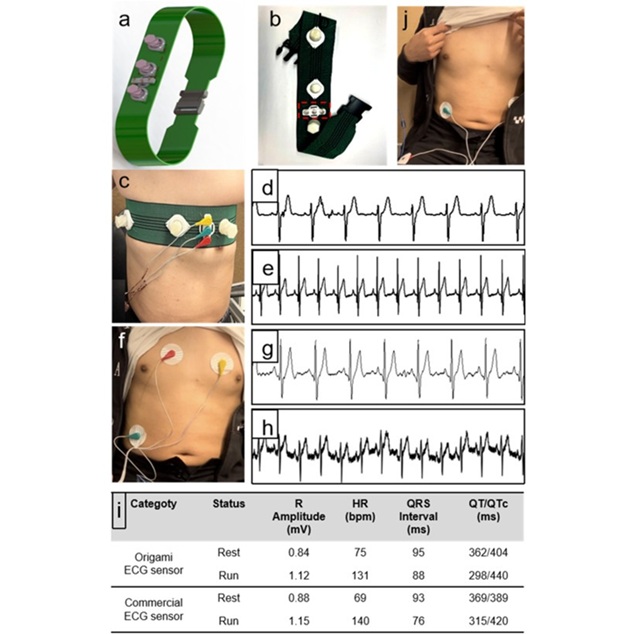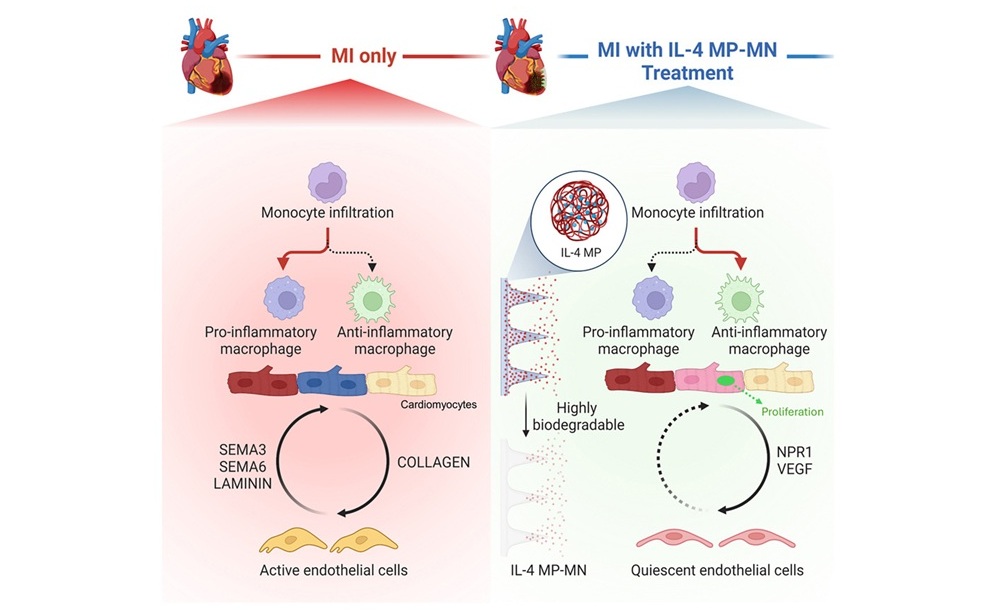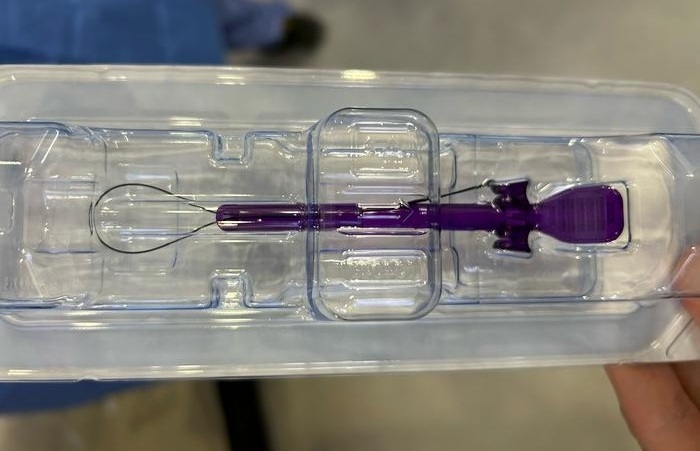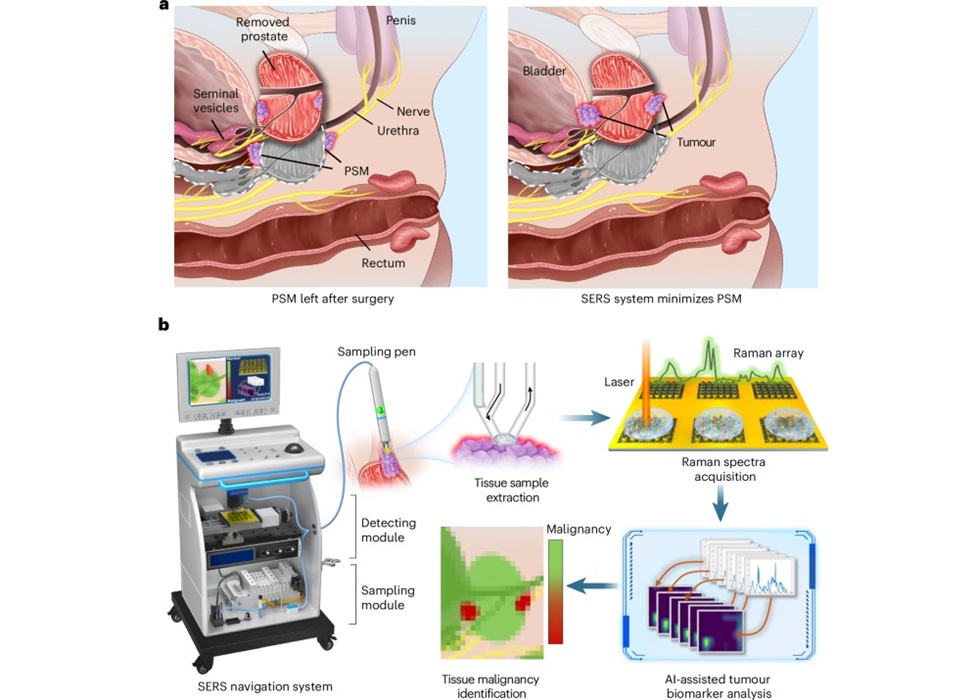Hospital Microbiology Testing Market Driven by Increasing Prevalence of Chronic Diseases
|
By HospiMedica International staff writers Posted on 23 Jun 2022 |
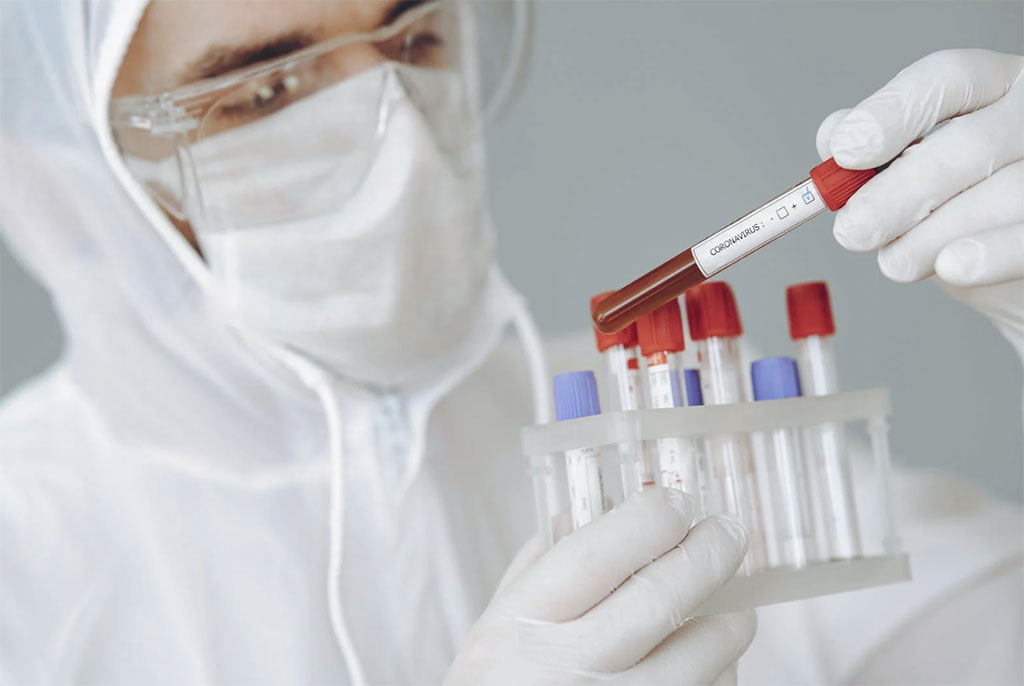
Manufacturers and players in the global hospital microbiology testing market offer various types of tests, including fungal, viral, and bacterial, as well as instruments and consumables to their end users, i.e. hospitals and clinics. Some of the leading procedures adopted in the global hospital microbiology testing market include microscopy, molecular diagnostics, microbial culture, and biochemical tests. Among the various segments, the respiratory diseases segment leads the global hospital microbiology testing market in terms of demand, owing to the increasing prevalence of asthma as well as the reduction in air quality, causing various respiratory illnesses among the general population globally. Rising medical expenditure as well as the presence of well-established modern healthcare infrastructure in various developed as well as developing regions is fueling the growth of the global hospital microbiology testing market.
These are the latest findings of Transparency Market Research (Albany, NY, USA), a global market intelligence company.
Increasing availability as well as efficacy of various anti-viral treatment therapeutics, aimed at the treatment of disorders such as gingivitis, COPD or chronic pulmonary obstructive disease, and periodontitis, among others, is driving the growth of the global hospital microbiology testing market. Furthermore, the increasing prevalence of various sexually transmitted infections is also generating high demand in the global hospital microbiology testing market. As a result, an increase in awareness related to sex and sexuality in various emerging countries is contributing to the market growth. Additionally, growing investments aimed at furthering microbiology testing solutions and relevant equipment is expected to support the development of the global hospital microbiology testing market over the coming years.
Geographically, North America holds the largest share of the global hospital microbiology testing market, mainly due to the increasing prevalence of various chronic as well as acute diseases, presence of well-established and technology-enabled healthcare infrastructure, and rising demand for technologically-advanced and accurate diagnostic testing capabilities in the region. Europe holds the second-largest share of the global hospital microbiology testing market, although the emerging nations in Asia Pacific are expected to provide lucrative growth and expansion opportunities for market growth over the coming years. The growing importance of medical tourism, new and favorable reimbursement policies and tax benefits are propelling the growth of the hospital microbiology testing market in the Asia Pacific region.
Related Links:
Transparency Market Research
Latest Business News
- Philips and Masimo Partner to Advance Patient Monitoring Measurement Technologies
- B. Braun Acquires Digital Microsurgery Company True Digital Surgery
- CMEF 2025 to Promote Holistic and High-Quality Development of Medical and Health Industry
- Bayer and Broad Institute Extend Research Collaboration to Develop New Cardiovascular Therapies
- Medtronic Partners with Corsano to Expand Acute Care & Monitoring Portfolio in Europe
- Expanded Collaboration to Transform OR Technology Through AI and Automation
- Becton Dickinson to Spin Out Biosciences and Diagnostic Solutions Business
- Boston Scientific Acquires Medical Device Company SoniVie
- 2026 World Hospital Congress to be Held in Seoul
- Teleflex to Acquire BIOTRONIK’s Vascular Intervention Business
- Philips and Mass General Brigham Collaborate on Improving Patient Care with Live AI-Powered Insights
- Arab Health 2025 Celebrates Landmark 50th Edition
- Boston Scientific Acquires Medical Device Company Intera Oncology
- MEDICA 2024 to Highlight Hot Topics of MedTech Industry
- Start-Ups To Once Again Play Starring Role at MEDICA 2024
- Boston Scientific to Acquire AFib Ablation Company Cortex
Channels
Critical Care
view channel
Nanogel Technology Almost 100% Effective in Destroying Drug-Resistant Bacteria Within Hours
Antibiotic resistance is one of the most serious global health threats, driven by bacteria that evade treatment and form protective biofilms that shield them from drugs. Pathogens such as Pseudomonas aeruginosa,... Read more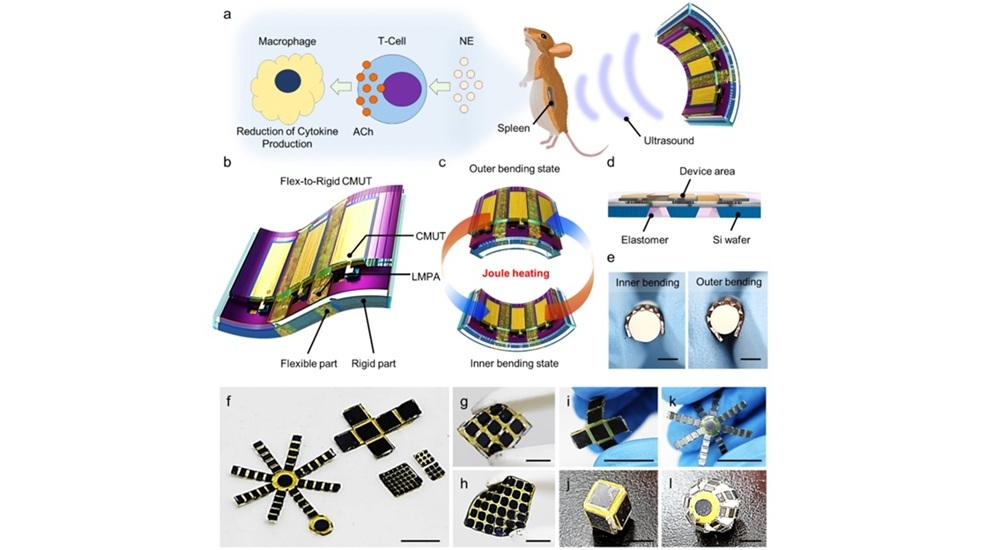
Wearable Ultrasound Sensor Delivers Noninvasive Treatment Without Surgery
Wearable ultrasound devices have long struggled with low acoustic power and poor structural stability, limiting their use in high-resolution imaging and therapeutic applications. Conventional flexible... Read moreSurgical Techniques
view channelNovel Endoscopy Technique Provides Access to Deep Lung Tumors
Detecting lung cancer early can save lives, but diagnosing small tumors deep in the outer regions of the lungs remains a major clinical challenge. Although CT scans frequently identify tiny suspicious... Read more
New Study Findings Could Halve Number of Stent Procedures
When a coronary artery becomes acutely blocked during a heart attack, opening it immediately is essential to prevent irreversible damage. However, many patients also have other narrowed vessels that appear... Read morePatient Care
view channel
Revolutionary Automatic IV-Line Flushing Device to Enhance Infusion Care
More than 80% of in-hospital patients receive intravenous (IV) therapy. Every dose of IV medicine delivered in a small volume (<250 mL) infusion bag should be followed by subsequent flushing to ensure... Read more
VR Training Tool Combats Contamination of Portable Medical Equipment
Healthcare-associated infections (HAIs) impact one in every 31 patients, cause nearly 100,000 deaths each year, and cost USD 28.4 billion in direct medical expenses. Notably, up to 75% of these infections... Read more
Portable Biosensor Platform to Reduce Hospital-Acquired Infections
Approximately 4 million patients in the European Union acquire healthcare-associated infections (HAIs) or nosocomial infections each year, with around 37,000 deaths directly resulting from these infections,... Read moreFirst-Of-Its-Kind Portable Germicidal Light Technology Disinfects High-Touch Clinical Surfaces in Seconds
Reducing healthcare-acquired infections (HAIs) remains a pressing issue within global healthcare systems. In the United States alone, 1.7 million patients contract HAIs annually, leading to approximately... Read moreHealth IT
view channel
EMR-Based Tool Predicts Graft Failure After Kidney Transplant
Kidney transplantation offers patients with end-stage kidney disease longer survival and better quality of life than dialysis, yet graft failure remains a major challenge. Although a successful transplant... Read more











